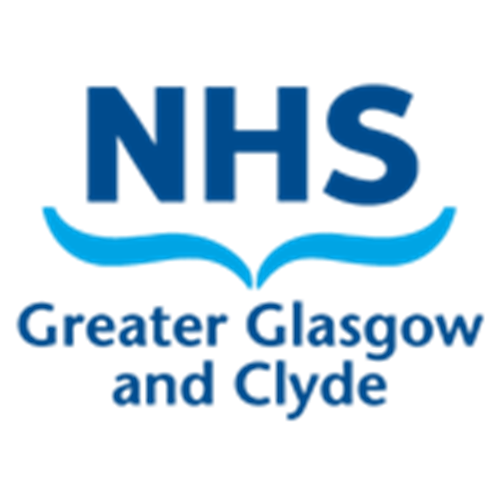All women living with HIV, who are pregnant or breastfeeding, are discussed at a monthly MDT virtual meeting. Antenatal care is managed by the Blossom team at PRMH unless the woman prefers to remain under her local obstetric team. Antenatal care is shared with the HIV team who will review her regularly via the joint MDT monthly clinic which is held at PRMH on a Wednesday morning.
The MDT consists of multidisciplinary staff from the Brownlee HIV service, Maternity & Neonatal at PRMH, GGC infant feeding team and GGC virology.
MDT discussions should be documented on Clinical Portal by HIV team member and significant MDT outcome affecting careplan should be updated on Badgernet.
Antiretroviral therapy (ART)
- Treatment with ART will be managed by the HIV service.
- Women on dolutegravir should be commenced on 5mg folic acid until at least 12 weeks.
- All women should be commenced on 400mcg folic acid and vitamin D.
- Other commonly used medications prescribed in pregnancy such as antiemetics, antibiotics, iron supplements and antacids may interact with ART. These can be checked here https://www.hiv-druginteractions.org/ or discussed with the specialist HIV pharmacy team on 0141 211 3383 or brownleepharmacy@ggc.scot.nhs.uk
Sexual health screening
- Women who are at risk of other STI exposure should be offered vulvovaginal NAAT for chlamydia and gonorrhoea PCR at booking and again at 32wks.
- Offer cervical screening if routine annual repeat due during pregnancy.
Fetal Monitoring and Screening
- Offer women screening for chromosomal abnormalities with first trimester combined biochemical and ultrasound If this is not possible then second trimester quadruple test will be offered but advise women that use of ART can increase the false positive rate.
- Women who screen positive for chromosomal abnormality will be offered non-invasive prenatal testing.
- If amniocentesis is indicated then this is considered safe for women on ART with a supressed viral load although limited data exists. If not yet on ART and invasive testing cannot be delayed then liaise with HIV team to commence ART to include Raltegravir or Dolutegravir and give a single dose Nevirapine 200mg 2-4hrs prior to the procedure.
- No additional fetal ultrasound scans are required unless other obstetric indications are present.
Laboratory Monitoring
- Viral load and LFTs will be checked as per individual requirements but at least once per trimester, at 36wks and at delivery.
- Therapeutic drug monitoring and CD4 count will be performed by the HIV team where appropriate
Planning for birth
Mode of birth should be discussed at each visit. The woman should be aware of the options available to her depending upon her obstetric history and viral load. All women should be advised to birth in a unit with immediate access to obstetric and neonatal support, and in GGC this would normally be at PRMH unless the woman chooses otherwise.
HIV viral load should be reviewed at 36wks for a final decision to be made regarding mode of birth.
Birth plan should be clearly documented using the intrapartum management plan on Badgernet.
- For women with a viral load <50 HIV RNA copies/ml at 36wks and in the absence of obstetric contraindications, a planned vaginal birth is recommended
- For women with a viral load ≥50 HIV RNA copies/ml at 36wks a planned Caesarean birth (PCB) should be recommended between 38 and 39wks.
If Caesarean birth is planned for obstetric reasons alone then this can be planned for 39wks. In the case of breech presentation, external cephalic version can be offered to women with viral load <50 HIV RNA copies/ml from 36wks, in the absence of obstetric contraindications. No additional ART cover is required.
HIV infection alone is not a contraindication to trial of vaginal birth after caesarean.
Planning for postnatal care
- Infant feeding and postnatal contraception should be discussed prior to birth (see more detail below) and the woman’s preference clearly documented in Badgernet, with a plan to administer post-partum.


